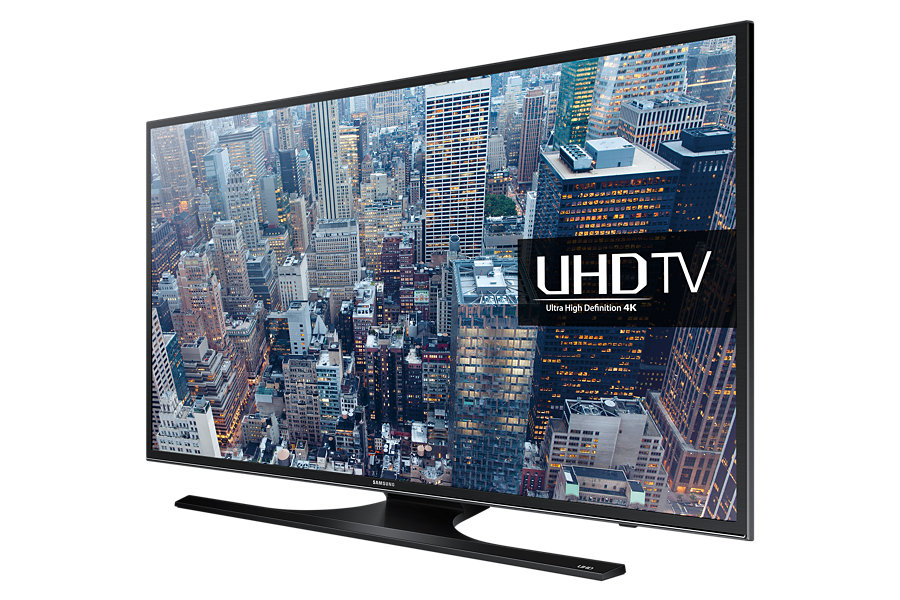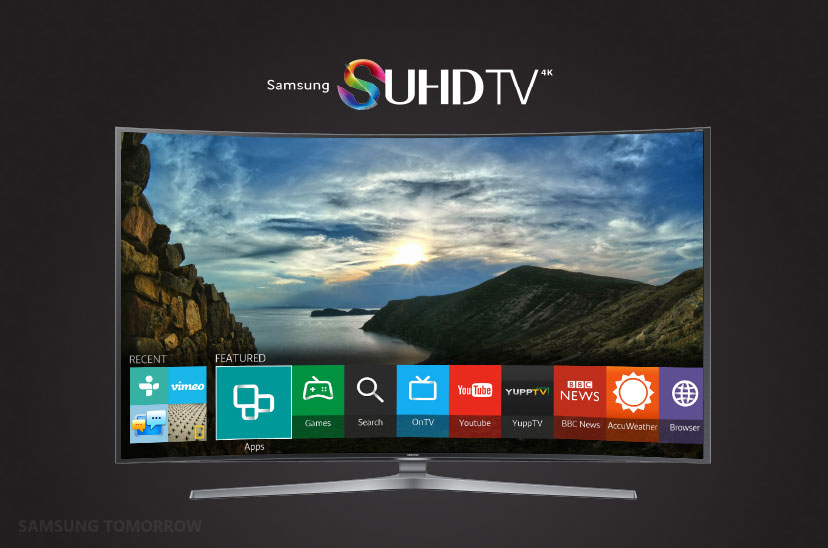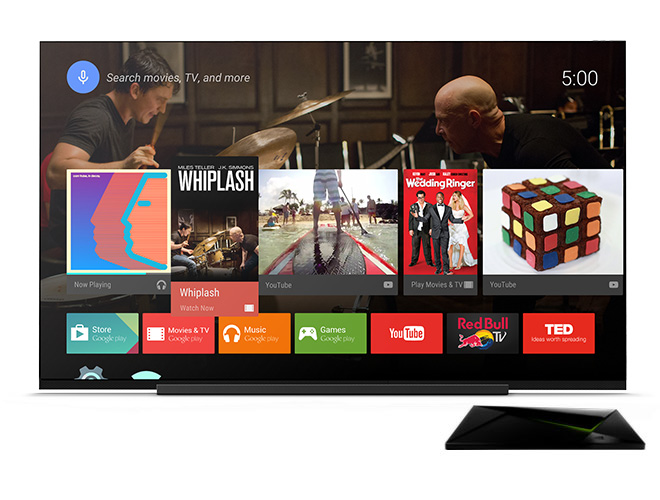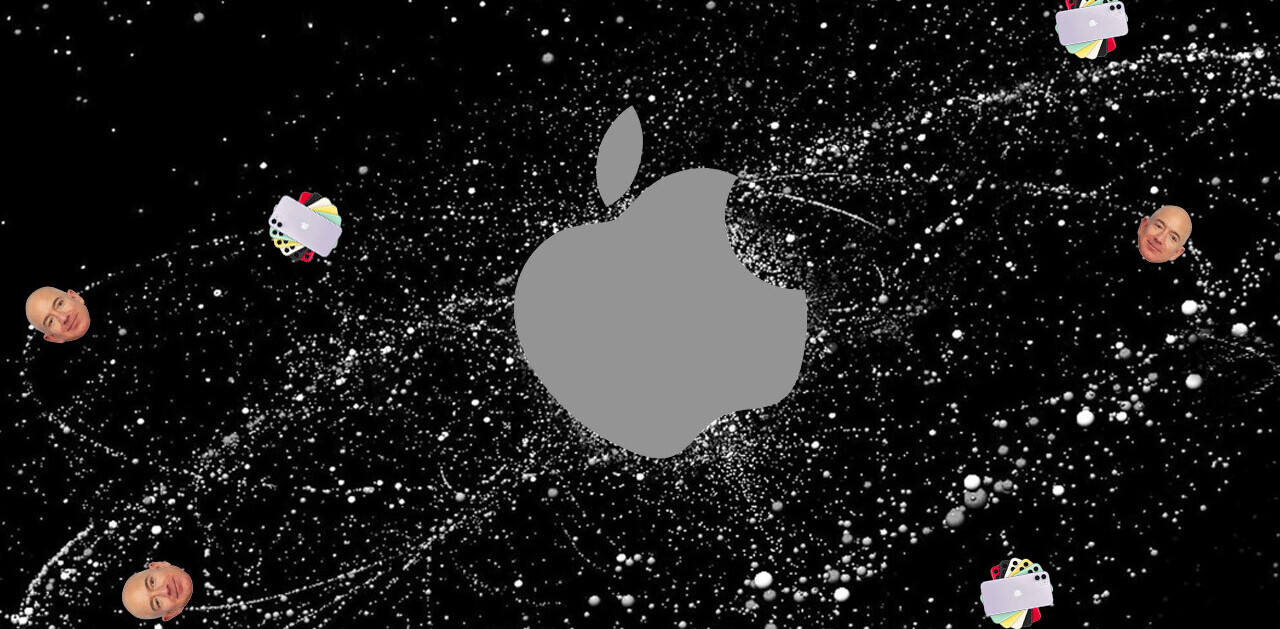In AV circles, there’s a diminishing, but still a strong number of smart TV holdouts who just refuse to accept that the devices have anything worthwhile to offer, other than a little more convenience.
To those people’s dismay, it’s now harder than ever to find ones that don’t offer the bells and whistles.
I can sort of see where people who don’t want a smart TV are coming from; non-smart varieties often offer the same (or better) overall image at a much lower price.
However, the world of smart TVs has come a long way since its first stumbling start in 2007 with the introduction of HP’s MediaSmart TV contraption.

It was the beginning of the road to where we are today – huge, curved, internet-connected screens – but it was an ungainly and clunky start.
I actually did buy a new TV not too long before the MediaSmart was launched – around a decade ago. It was just at the time when LCDs were becoming affordable (and therefore popular), and hadn’t grown to the immense dimensions they mostly occupy today.
Back then, the internal debate was about whether you really needed a 1080p panel on a 32-inch display.
Fast-forward 10 years and I my old TV needed replacing.
The big considerations if you’re buying a new TV now are whether you need or want 4K and whether those smart functions really get much use.
As a tech journalist, I couldn’t really balance the desire for new tech with not buying the newest my (meagre) budget would allow. I settled on a 40-inch, smart 4K Samsung model.

As I opted for Samsung, it runs Tizen OS; this was really something that put me off, rather than it being a reason to buy.

Given that I’m an Android user primarily, I probably would have chosen Android TV had the reviews fared better, but the most appealing model in my price range had multiple reports of a sluggish OS that was at times frustrating.

That’s really the last thing you want from your TV – unresponsive input and poor control is going to get boring very quickly.
Thankfully, that’s not the experience I’ve had so far with Tizen.
I was also considering a model that shipped with Firefox OS, but I was advised that it probably wouldn’t receive more than one more software update, which is no good when you’re buying a new TV.
Here’s some of the good and bad things I’ve noticed as a late smart TV convert, and perhaps a few things to keep in mind if you’re currently in the market for a new one.
The good
- A smart TV can help declutter your home – fewer boxes plugged into your TV means fewer cables strewn around your furniture and floors. I’ve only used my Chromecast, Amazon TV box or Roku a handful of times since upgrading.
- The software is improving, finally. When smart TVs first launched, the clunky (and mostly ugly) interfaces were more a hindrance than a help.
- Switching from your ancient TV could bring other benefits you haven’t considered yet. I spend a ridiculous amount of time wearing headphones and live on a noisy road. Being able to fire up my Tracks Air and listen to the TV unimpeded wasn’t a benefit I’d considered, but it’s one I appreciate almost every day. It’s particularly handy if you really don’t want to drag yourself away from the screen to check on dinner in the kitchen, or to make a coffee; just carry on listening and don’t miss a thing.
- App support is improving, depending on which OS you choose. Sure, you probably won’t want to use the browser as your go-to option, and perhaps you’ve got a stereo or Sonos setup that sounds better than your TV (or soundbar) for music, but it’s still nice to have those options there for when they’re needed.
- It’s now easier than ever to quickly show a photo to a room of people on the big screen. And everyone else can do the same too. People love to share photos.
The bad
- There’s always going to be the potential that a future software update makes it less usable, rather than more.
- It once switched off without warning. I’m still not sure why, but it never happened again.
- You might end up picking a model that’s about to be end-of-line (particularly if it’s hugely discounted), which means you could end up stuck with an older version of its OS that never gets the newest update.
- Some models never stop listening to you. Literally, for the voice activation and search to work, it listens to what’s going on in the room. You can disable this, however.
- Other models inject ads periodically into content that you’re playing back locally, like if you’re watching a TV series stored on a connected device or via Plex. You can often disable this option too.
- Slim TVs mean poor sound in most cases. Soundbars are essential in many cases as a result.
- App support isn’t great, depending on which OS you choose. Android TV has the most options currently. See the lie below though.
- It’s now easier than ever to quickly show a photo to a room of people on the big screen. You’ll be looking at a lot of photos.
The lie
The smart TV lie is that it’s going to transform your life. That you’ll actually want (and use) a whole range of apps at your fingertips – for most people, using an app on the TV is pretty much the most inconvenient way imaginable.
Navigation via a TV remote is clunky, but built-in Bluetooth makes pairing a keyboard and mouse a doddle. But do you want another keyboard and mouse hanging around that you need just for your TV?
There are a few apps that you want at your fingertips, and these are the obvious ones: Netflix, Amazon, Plex, essentially anything that lets you watch TV or movies, rather than reply to a Tweet, for example.
The exception to the lie is that being able to quickly fire up a game on your TV can be a fun way to spend a few minutes. It’s also handy to know you’ve got instant entertainment for your kids (if you have them) at the press of a button without having to faff about with any other devices.
Smart TVs are now more commonplace than ever and even if you don’t use the ‘smart’ bits every day, it’s pure convenience when you do, and that’s hard to put a price on.
I wouldn’t switch back.
Get the TNW newsletter
Get the most important tech news in your inbox each week.




